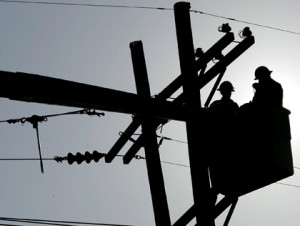Demand to protect and develop Arctic infrastructure and its environment may increase as resource development, trade route expansion, and defense interests grow in the Arctic. Changing conditions resulting in hazards, such as flooding and coastal erosion, can threaten communities and infrastructure. Research and engineering is needed for strategically planned, resilient infrastructure and solutions for infrastructure at risk.
What We Do
Sandia collaborates to enable resilient infrastructure planning and design against natural emergencies (earthquakes, tsunamis, ice jams) and slow onset hazards (coastal erosion, thawing permafrost, sea level rise). We work to understand Arctic systems and translate this understanding into interpretive and predictive tools as well as resilient equipment and technology.
This includes the ability to:
- Analyze uncertainties associated with the Arctic climate.
- Predict variations of Arctic climate and weather for long-term infrastructure development planning and short-term operational planning.
- Apply existing infrastructure data, spatial analysis tools, network modeling, risk analysis and complex systems engineering capabilities to address Arctic infrastructure issues.
- Research and develop resilient electrical grids using remote microgrid systems, microgrid technologies, and hybrid systems.
- Design and test communications systems designs for Arctic operations, such as emergencies or 911 calls.

Development costs in the Arctic can be four times that of equivalent work in the Lower 48 States. Given the risk and uncertainty that exists in developing infrastructure in the Arctic, Arctic engineering and infrastructure R&D can potentially reduce development costs and increase system reliability.
Learn more about how Sandia supports national efforts to modernize the electric grid, partnering to enable the safety, security, and resilience of energy infrastructure and assets.